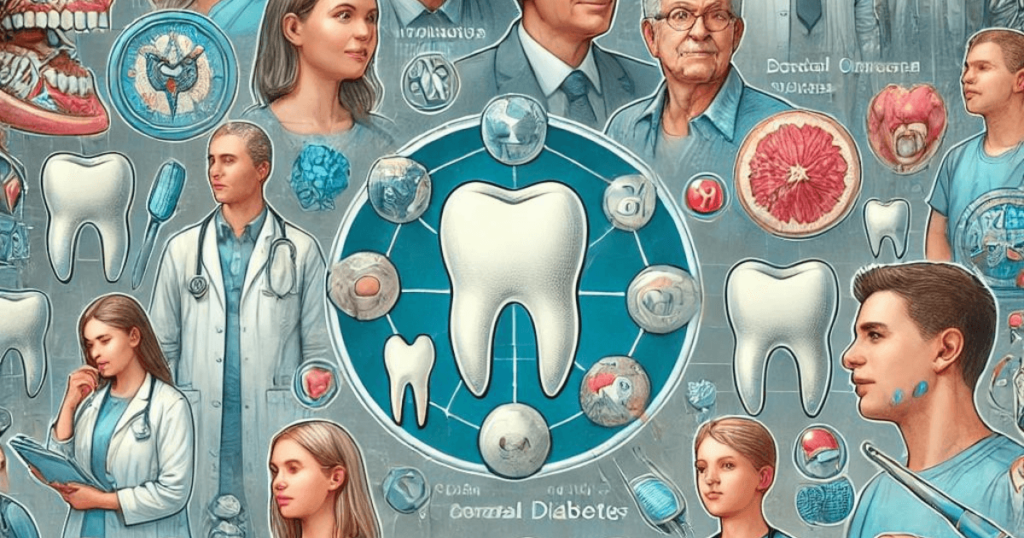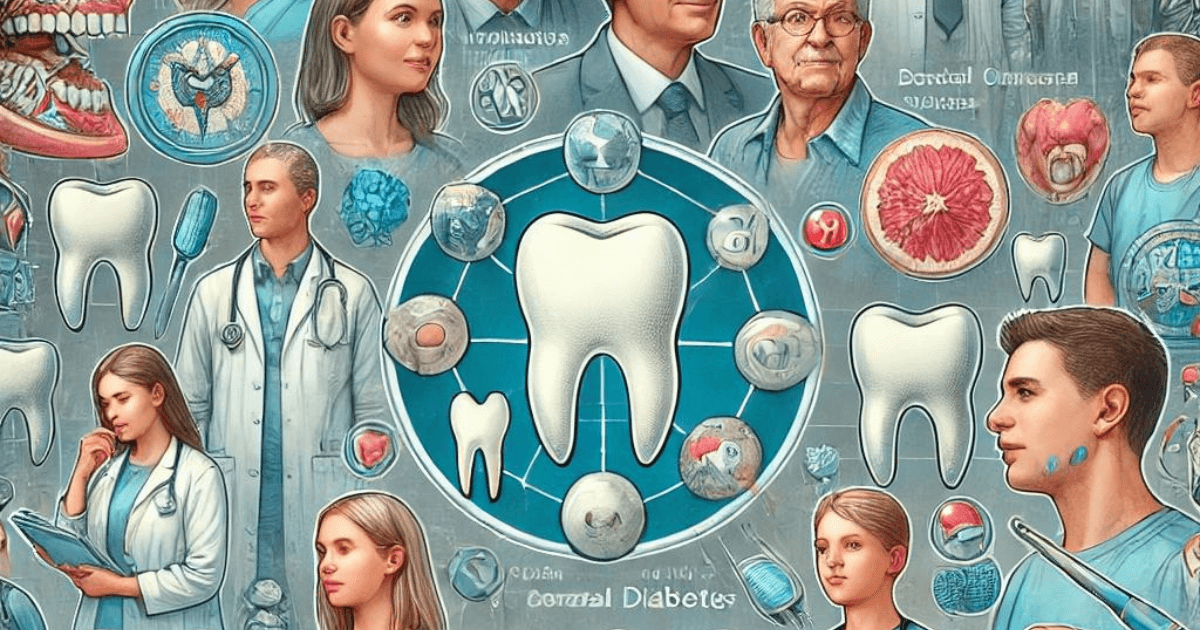
Oral diseases are a group of chronic non-communicable diseases affecting the oral cavity, encompassing tooth decay (dental caries), periodontal diseases (gum disease), oral mucosal lesions, and oral cancer. Despite being mostly preventable, oral diseases cause significant health problems, affecting people of all ages. These conditions being widely prevalent globally are not merely aesthetic concerns; however they can significantly impact a person’s overall health and well-being affecting billions of individuals and causing substantial pain, social stigma, and functional limitations. Despite their widespread nature, oral diseases are often characterized by a lack of initial symptoms, thus a “silent endemic.”
A 2022 World Health Organization (WHO) report on global oral health revealed that nearly 3.5 billion people worldwide suffer from oral diseases. And 75% of those affected reside in middle-income countries. The report also highlighted tooth decay as a significant issue, affecting 2 billion people with cavities in their permanent teeth, with an additional 514 million children experiencing cavities in their primary teeth. Periodontal disease, a progressive inflammatory condition affecting the gum tissues and bone supporting the teeth, is another major concern. With a prevalence of 51% in India, half of the adults were found to suffer from periodontal diseases, thereby qualifying as a major public health problem in India. Oral cancer, which accounts for 30% of all cancers in the country, ranks among the top three types of cancers in the country.
In 2015, a staggering 3.5 billion people worldwide suffered from untreated oral conditions. This burden breaks down into several widespread issues: 2.5 billion people with cavities in their permanent teeth, 573 million children with cavities in their baby teeth, 538 million people with severe gum disease, and a concerning 276 million people who have lost all their teeth. These numbers are expected to rise due to population growth and aging around the world.
The impact of oral diseases extends beyond the oral cavity. Studies have established potential links between oral health and systemic health conditions like diabetes, cardiovascular disease, and respiratory infections. Furthermore, pain and discomfort associated with oral diseases can lead to difficulties in eating, speaking, and social interactions, negatively affecting overall well-being and quality of life.
However, several challenges hinder effective management of oral diseases. The silent nature of these conditions often leads to delayed diagnosis and treatment. Additionally, access to dental care services can be limited due to cost barriers, geographic location, and lack of awareness. Socioeconomic factors, such as poverty and education level, further exacerbate these inequities in oral health care. Combating the silent endemic of oral diseases requires a multi-pronged approach. While public health initiatives aimed at raising awareness about oral health and the importance of preventive practices are crucial. Educational programs promoting proper oral hygiene techniques, such as regular brushing and flossing, can empower individuals to take charge of their oral health.
Oral diseases represent a silent endemic with significant global health implications. Addressing this challenge requires a collaborative effort from public health officials, healthcare professionals, and the community. By promoting awareness, implementing preventive strategies, and ensuring equitable access to care, we can work towards a future where everyone can enjoy good oral health and its associated benefits for overall well-being. Future research efforts should focus on developing innovative preventive strategies, improving diagnostic tools for early detection, and exploring potential links between oral health and systemic health conditions. Additionally, investigating the effectiveness of different public health interventions to address oral health disparities is crucial for achieving equitable access to oral healthcare.

